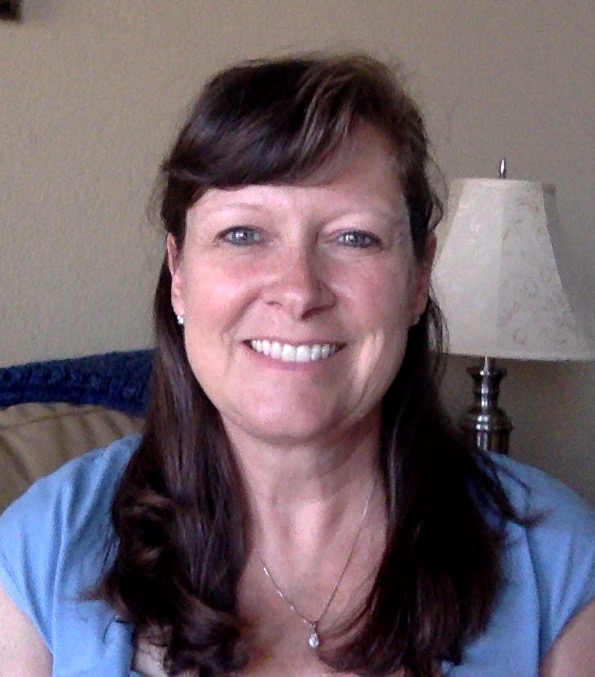Carie S. Tucker King is a Clinical Professor of Communication at The University of Texas at Dallas. In this post, she shares how she used Wikipedia in her course, “Advanced Writing and Research.”

“Advanced Writing and Research” is a senior-level prescribed elective that is open to students pursuing any major. So this year, when I checked my enrollment and found a diverse list of majors, I knew I needed to find a project that all students would want to complete. I also knew that my students were using Wikipedia; however, I doubted that they understood the rigor of the research and writing that Wikipedia articles required.
I had already noted that Wikipedia was missing an article on a topic I was researching. I had obtained the archives of the Danforth Foundation, a nonprofit organization started by the founder of the Ralston Purina pet food company, and I was particularly interested in the investment that Mr. William Danforth had made in all-faith chapels on university college campuses.
I proposed the project to the students in my class, explaining that we would supplement our study of advanced writing with the tutorials available through Wiki Education. The students were eager to experiment with Wikipedia. The students—a mix of historical studies, literary studies, public policy and economics, and interdisciplinary and international studies—were juniors, seniors, and graduate students. The students were also from a variety of ethnic backgrounds and nations: from Japan, Jordan, India, and the U.S.
We determined to address all 24 all-faith chapels in the Danforth Chapel Program, so students chose which chapels were most interesting to them, based on the buildings’ histories, universities, locations, and student populations. For example, a student whose family came from Japan was interested to learn that a Japanese university houses an all-faith chapel funded by the Danforth Foundation, and he wanted to investigate that university.
The students also learned to write collaboratively, as we sat in the classroom and researched the Danforth Foundation and shared what we learned with each other. We proofread each other’s work and discussed the citation process and how it differed from the other citation styles that the students were using for their individual projects.
One of the students wrote me a thank-you card, stating that she never anticipated that she would write a full research paper and write a Wikipedia article. Another student expressed to me that she did not realize how exact Wikipedians must be and that she was delighted to have written an article on Wikipedia that she could list on her resume.
The students did not need to struggle to find a page to create or adapt, but they did need to learn more than one citation style—in addition to Wikipedia’s citation style, my students use APA, MLA, and Chicago in their writing—and they also needed to learn how to discuss their own writing and others’ writing as professionals. The students also struggled to find reliable resources and so learned to question if a source is primary or secondary, to question a source’s credibility, and to identify high-quality sources. In this way, they deepened their research experience past a study of methods to consider background and preliminary research and to ask what they could use and what they could trust.
For me, perhaps the best part of the assignment was hearing students talk about sharing their project with friends in other classes. The students were proud of their work published on Wikipedia. I also appreciated the students’ excitement once they began the project and overcame their initial fears. I enjoy seeing students struggling and then breaking free to run toward their goal unabashedly eager to finish and finish well.
